Lithium based batteries have many advantages and are normally very stable, however when this type of battery fails, the resulting potential fire can rapidly spread and be extremely difficult to extinguish.
There are two major types of lithium batteries:
Primary - Non-Rechargeable Lithium Batteries: contain solid lithium metal that will burn in normal atmospheres and can react violently with water. The resulting reaction will create hydrogen gas. Because of the hazardous reaction, water is not the recommended extinguishing agent. A class D extinguisher with a copper based agent or dry sand are the recommended extinguishing agents.
Secondary - Rechargeable Lithium Ion and Lithium Polymer Batteries: are battery styles that do not contain metallic Lithium. Multi-purpose Class ABC extinguishers or water may be used. Lithium-Ion are the most popular rechargeable battery and are commonly found in cell phones, laptops, tablets, bikes/scooters, tools and electric cars.
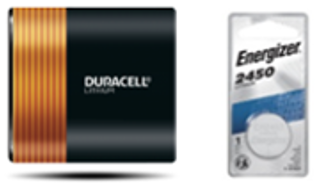
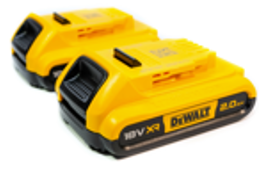
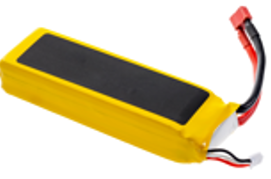
Lithium-ion batteries store a lot of energy in a small amount of space. When that energy is released in an uncontrolled manner, it generates heat, which can turn certain internal battery components into flammable and toxic gases.
Battery failures can be caused by physical damage, overcharging, over usage, external temperatures, manufacturing defects and non-compatible accessories.
If you notice any of these warning signs, stop using the lithium-ion battery-powered device immediately!
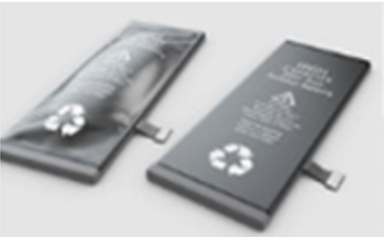
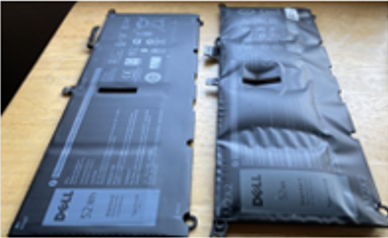
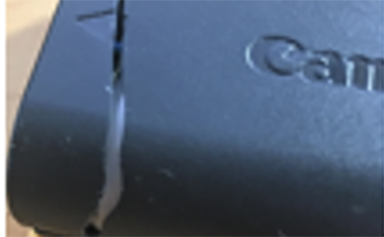
If you notice any of these warning signs, stop using the lithium-ion battery-powered device immediately!


Fire involving a Lithium battery.
Damaged or Overheated Battery.
National Fire Protection Association Publication - NFPA Battery Safety
Underwriters Laboratories - UL Solutions
FSRI Publication - Take C.H.A.R.G.E. of Battery Safety
UVA - Policy SEC-043: Riding, Parking and Storing of Motorized Scooters and Electric Power-Assisted Bicycles
UVA - Recycling Services
UVA - Sustainability
Contact EHS at 434.982.4911 for any questions or guidance.